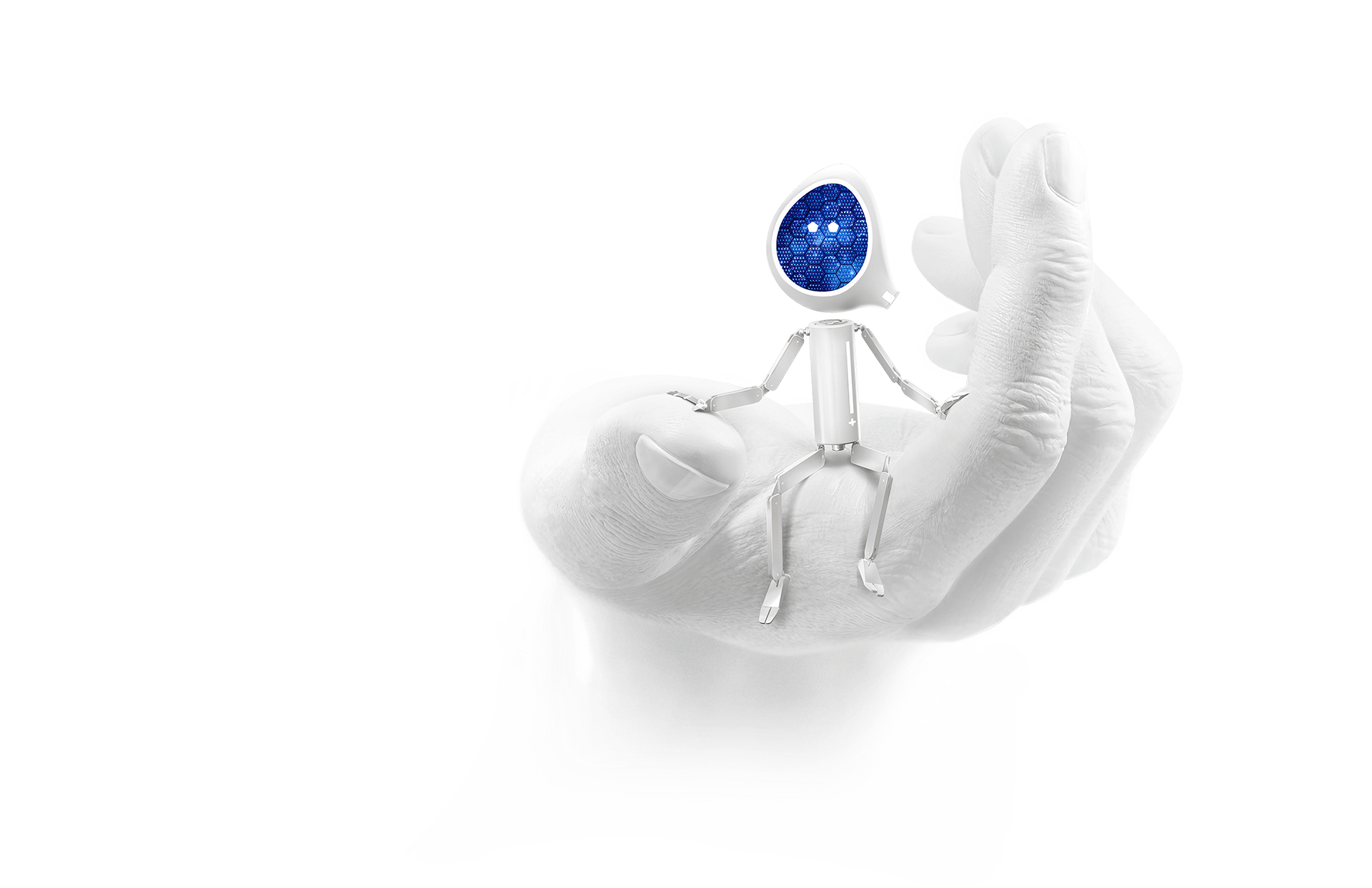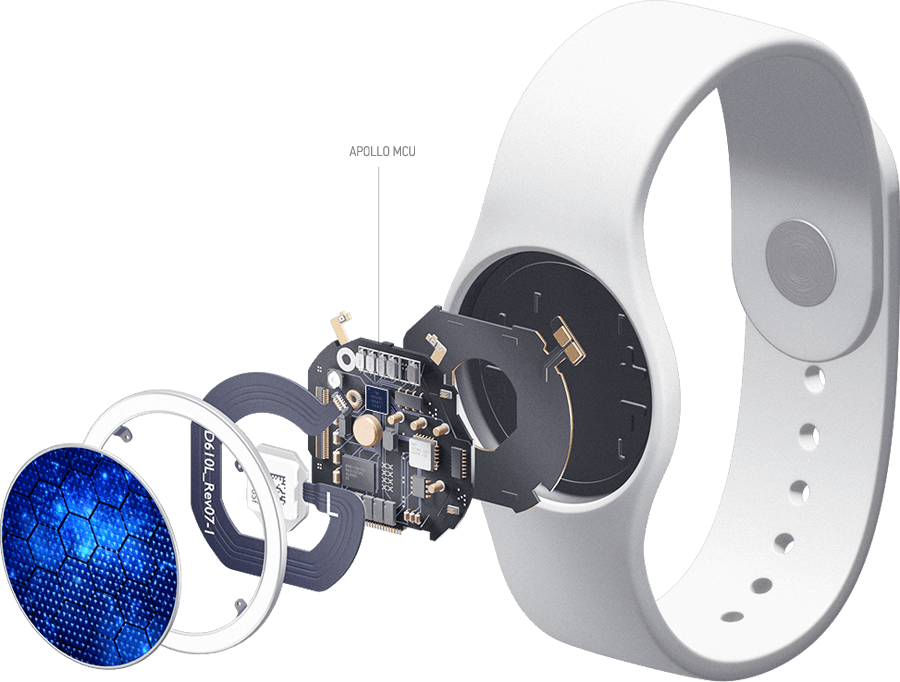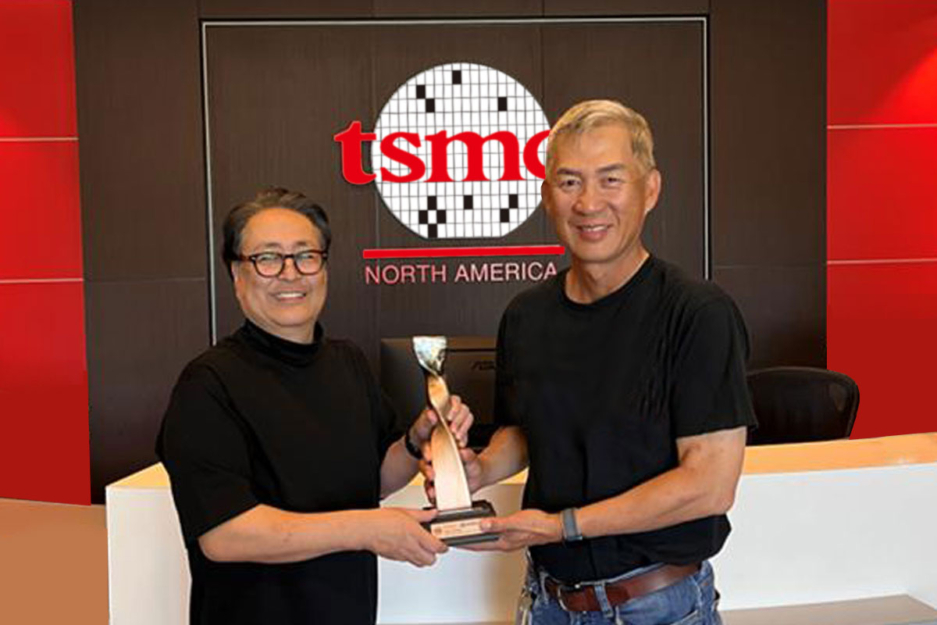The 2-Minute Rule for apollo4 blue plus
The 2-Minute Rule for apollo4 blue plus
Blog Article

Welcome to the new NASA Internet site. We’re Functioning to consistently transform your Net experience. If you do not find That which you are searching for, give feedback.
Our team of sector analysts will let you pick out the top report covering your industry. We realize your niche location-certain specifications Which’s why we offer customization of reports.
With nearly 2MB of MRAM and a pair of.75MB of SRAM, the Apollo4 Plus has in excess of sufficient compute electricity and storage to take care of sophisticated algorithms and neural networks when displaying vivid, crystal-clear, and easy graphics.
Considering that the Soviet Union had increased carry capability start vehicles, Kennedy chose, from among the alternatives introduced by NASA, a obstacle past the potential of the existing era of rocketry, so the US and Soviet Union would be starting from a situation of equality. A crewed mission to the Moon would serve this goal.[24]
Tests with the Saturn I rocket and flights of boilerplate Apollo Command Modules (CSM) had started in 1961. And from the beginning NASA had been working with an easy and self-obvious naming plan: a letter denoting the rocket and payload and number standing for that rocket sort and start amount. There were 10 Saturn I launches designated by “S” or “AS” accompanied by a quantity from a hundred to 110.
Two cameras captured the staging function; just one clip is revealed. The first stage falls away, followed by the interstage ring. Two motion-image cameras were aboard Apollo four. These were mounted around the Saturn V in order to capture the separation of the primary stage and interstage within the start car.
Smart Remote controls Apollo microprocessors are transforming the distant controls into virtual assistants by enabling the constantly-on voice detection and recognition abilities to produce an intuitive and built-in atmosphere for clever homes.
Issues were looking fantastic for NASA originally of 1966. The copyright method was midway done and perfectly heading in the right direction to perform all the key plan goals by the top on the yr, and Apollo was within the pipeline on track to start manned missions early in 1967. And flights in assist of Apollo’s lunar objective have been nicely underway by this point.
Thus, most of the flight qualifications to the payload the Saturn V would carry may very well be resolved without needing to expend one of several significant start vehicles.[10] Together with flight-qualifying the components, it absolutely was important to prove that the ground techniques at KSC could properly start a Saturn V before risking the lives of astronauts on a single.[11]
About 38 seconds soon after the second phase ignition the Saturn V switched from the preprogrammed trajectory to some "shut loop" or Iterative Steering Mode. The instrument device now computed in true time by far the most gas-efficient trajectory towards its goal orbit.
On top of that, our fantastic technical guidance group is able to aid provide your design and style to production.
They leave at the rear of an American flag, a patch honoring the fallen Apollo one crew, along with a plaque on amongst Eagle’s legs. It reads, “Below Males within the Earth Earth initial established foot upon the moon. July 1969 A.D. We arrived in peace for all mankind.”
The warmth defend was upgraded to dam II requirements due to the fact Apollo 4's substantial-velocity re-entry into Earth's atmosphere was meant to simulate a return from the Moon.[29] Particular machines had been set up to permit Mission Control to function the CSM's devices remotely, and there was a digital camera that may immediately just take shots out of one of several CM's Home windows on its final orbit.[30] Considering that Apollo four carried no crew the CM lacked couches, controls and Ai artificial shows.[31]
supplying the Apollo spacecraft having a free of charge-return trajectory, one particular that could allow for it to Coastline within the Moon and properly return to Earth without requiring any motor firings should really a dilemma crop up on just how into the Moon;
Get Smart. Use Less Energy.
Ultra-low power SoCs for IoT endpoint devices
that demand complex operations
and longer battery life.
✍ Ambiq® is committed to further improve the quality of life by enabling the intelligence of endpoints while further reducing carbon footprints. Ambiq – your partner in endpoint intelligence.
✯✯✯Based in Austin, San Jose, Hsinchu, Shenzhen, and Shanghai, our leadership and management teams consist of advocates, builders, enthusiasts, entrepreneurs, explorers, incubators, inventors, pioneers, protectors, thinkers, and visionaries. With a diverse spectrum of experiences and skillset, we came together and united with one goal to enable the true Internet of Things where the battery-powered endpoint devices can truly be connected intuitively and intelligently 24/7.
Ambiq Wins the Demo of the Year Award at 2023 TSMC Technology Symposium
September 7, 2023, Austin, TX – Ambiq®, a leading developer of ultra-low-power semiconductor solutions that deliver a multifold increase in energy efficiency, was awarded the Demo of the Year Award by TSMC as a participant of the Innovation Zone at the 2023 TSMC North America Technology Symposium.
Ambiq Wins the Demo of the Year Award at 2023 TSMC Technology Symposium
During the April event, Ambiq showcased various product design wins using TSMC’s 22nm technology in wearables, digital health, smart home, Industrial IoT, pet trackers, and retail segments, with industry-leading energy efficiency. Ambiq also featured two live demos emphasizing its leadership in enabling endpoint AI with its HeartKit™ for remote patient monitoring and its graphics display capabilities for a vivid user interface. 
TSMC pioneered the pure-play semiconductor foundry business model when it was founded in 1987, helping startup companies accelerate their innovations by providing access to the industry’s leading process technologies and manufacturing capacity. Since 2021, TSMC has expanded that mission with an Innovation Zone at its worldwide Technology Symposiums, highlighting how TSMC partners with startup companies to enable cutting-edge products from various applications, including high-performance computing, communication, automotive, IoT, and consumer segments.
“We’re grateful to TSMC and our booth visitors for allowing us to share our energy-efficient technology and processor solutions with them,” said Ambiq’s CEO, Fumihide Esaka. “We’re moving towards an exciting frontier of AI becoming more engrained with our daily lives. With that vision on the horizon, we will continue to develop innovative and first-of-its-kind ultra-low-powered solutions that keep innovation and sustainability in mind. 
Ambiq’s mission is to develop the lowest-power semiconductor solutions to enable intelligent devices everywhere by developing the lowest-power semiconductor solutions to drive a more energy-efficient, sustainable, and data-driven world. Ambiq has helped leading manufacturers worldwide develop products that last weeks on a single charge (rather than days), while delivering a maximum feature set in compact industrial designs. Ambiq’s goal is to take Artificial Intelligence (AI) where it has never gone before in mobile and portable devices, using Ambiq’s advanced ultra-low power system on chip (SoC) solutions. Ambiq has shipped more than 200 million units as of March 2023.
Ambiq Designs Low-Power for Next Gen Endpoint Devices
Ambiq’s VP of Architecture and Product Planning, Dan Cermak, joins the ipXchange team at CES to discuss how manufacturers can improve their products with ultra-low power. As technology becomes more sophisticated, energy consumption continues to grow. Here Dan outlines how Ambiq stays ahead of the curve by planning for energy requirements 5 years in advance.
Ambiq Highlights From Embedded World 2024
Facebook | Linkedin | Twitter | YouTube